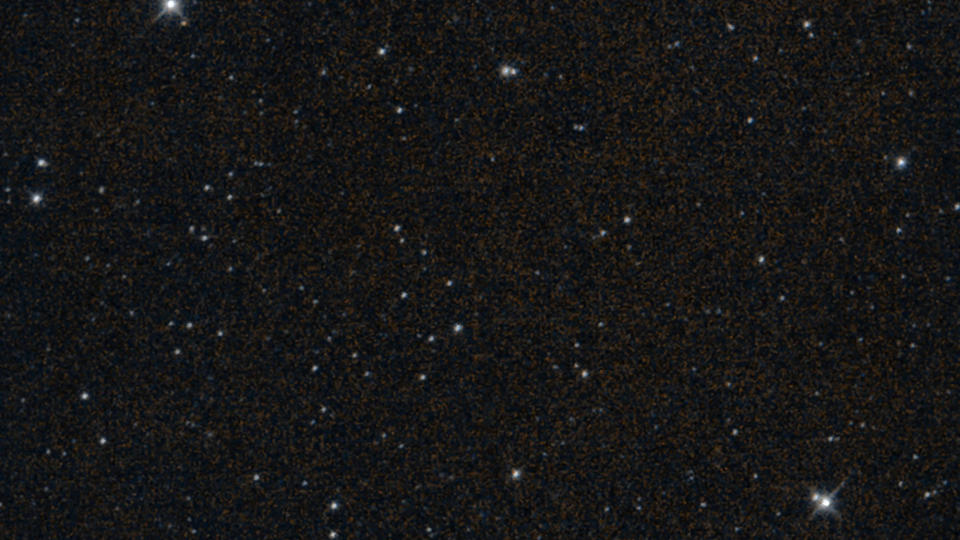When you buy through links on our articles, Future and its syndication partners may earn a commission.


A prolific NASA asteroid-hunting mission has come to an end.
Engineers sent a final command to the agency’s NEOWISE (Near-Earth Object Wide-field Infrared Survey Explorer) spacecraft on Thursday (Aug. 8), ordering the probe to turn off its transmitter after nearly 15 years of operation in low Earth orbit.
“The NEOWISE mission has been an extraordinary success story as it helped us better understand our place in the universe by tracking asteroids and comets that could be hazardous for us on Earth,” Nicola Fox, associate administrator for the Science Mission Directorate at NASA Headquarters, said in a statement on Thursday.
“While we are sad to see this brave mission come to an end, we are excited for the future scientific discoveries it has opened by setting the foundation for the next generation planetary defense telescope,” she added.
NEOWISE launched in December 2009 with a different name and a different mission. Originally called WISE (Wide-field Infrared Survey Explorer), the probe scanned the entire infrared sky over the course of a seven-month prime mission. It did so “with far greater sensitivity than previous surveys,” NASA officials wrote in the same statement.
In the fall of 2010, WISE ran out of coolant. As a result, the probe could no longer mitigate the heat produced by its own operations, which interfered with its detailed infrared observations of the deep cosmos.
But that wasn’t a death blow for WISE. NASA granted the probe an extended mission called NEOWISE, during which it conducted a survey of the objects in the main asteroid belt between Mars and Jupiter.
NASA put NEOWISE in hibernation in February 2011 but reactivated it two years later, after determining that the probe was still capable of observing asteroids and comets that zoom close to Earth (and sport a strong infrared signal, thanks to solar heating).
NEOWISE did this work for the next 11 years, making a slew of discoveries in the process. For example, the mission spotted more than 3,000 near-Earth objects, 215 of which were previously unknown to astronomers, NASA officials said. NEOWISE also discovered 25 comets, including Comet NEOWISE (aka C/2020 F3), which put on a show for skywatchers in the summer of 2020.
The mission also helped lay the foundation for its successor in the field of planetary defense — the asteroid-hunting NEO Surveyor spacecraft, which is scheduled to launch in 2027.
“The NEOWISE mission has been instrumental in our quest to map the skies and understand the near-Earth environment,” Laurie Leshin, director of NASA’s Jet Propulsion Laboratory in Southern California, which managed WISE and NEOWISE, said in the same statement.
“Its huge number of discoveries have expanded our knowledge of asteroids and comets, while also boosting our nation’s planetary defense,” she said. “As we bid farewell to NEOWISE, we also celebrate the team behind it for their impressive achievements.”


RELATED STORIES:
— 8 ways to stop an asteroid: Nuclear weapons, paint and Bruce Willis
— Planetary defense: Protecting Earth from space-based threats
— After 14 years in space, NASA’s prolific NEOWISE asteroid-hunter is about to shut down
A recent increase in solar activity hastened the end for NEOWISE: Heat from the sun has expanded Earth’s atmosphere, increasing the drag on the spacecraft. Soon it will be too low to make useful science operations, NASA officials said in the same statement.
NEOWISE cannot boost its orbit to counteract this downward push. The probe is expected to burn up in our skies later this year.

